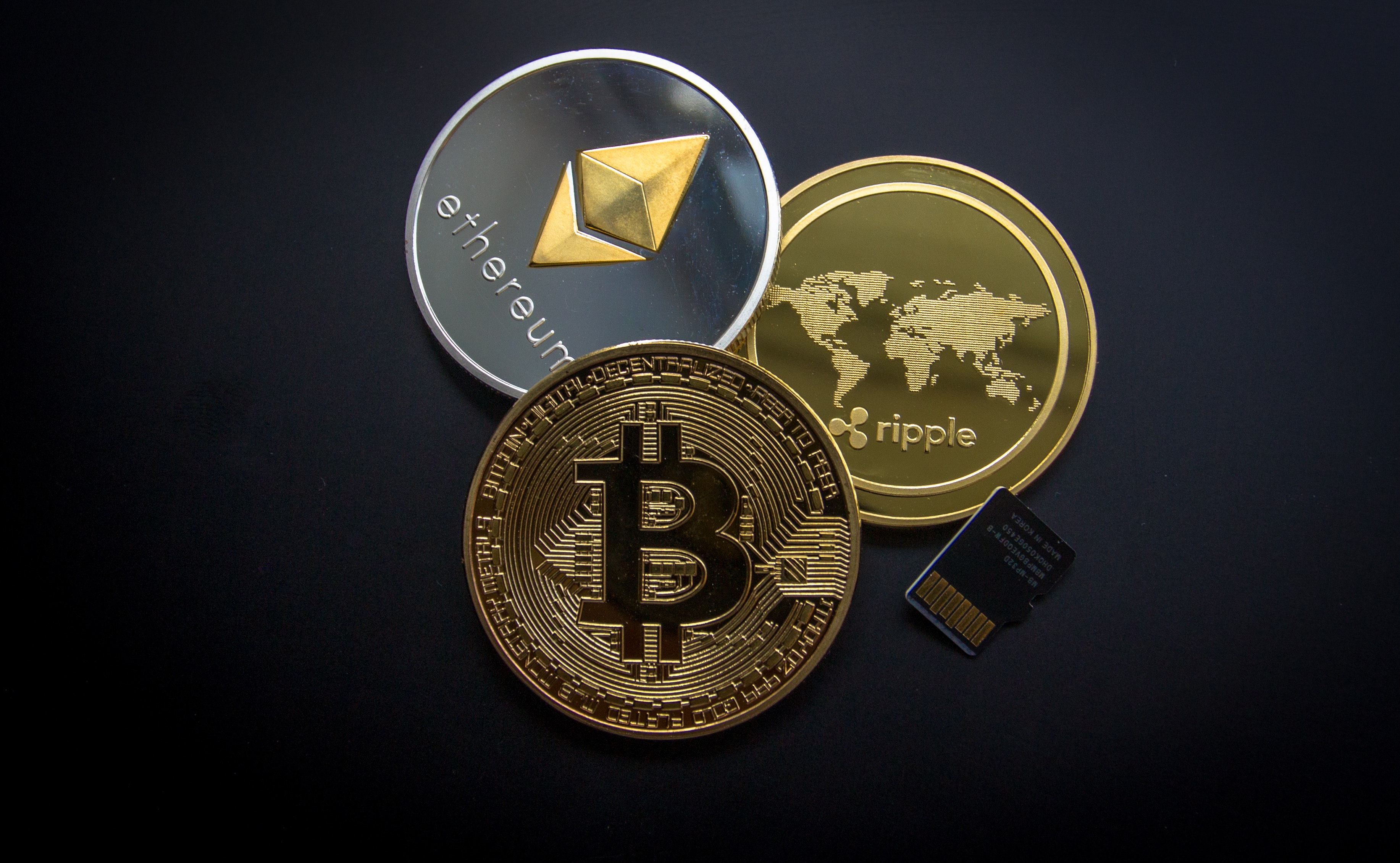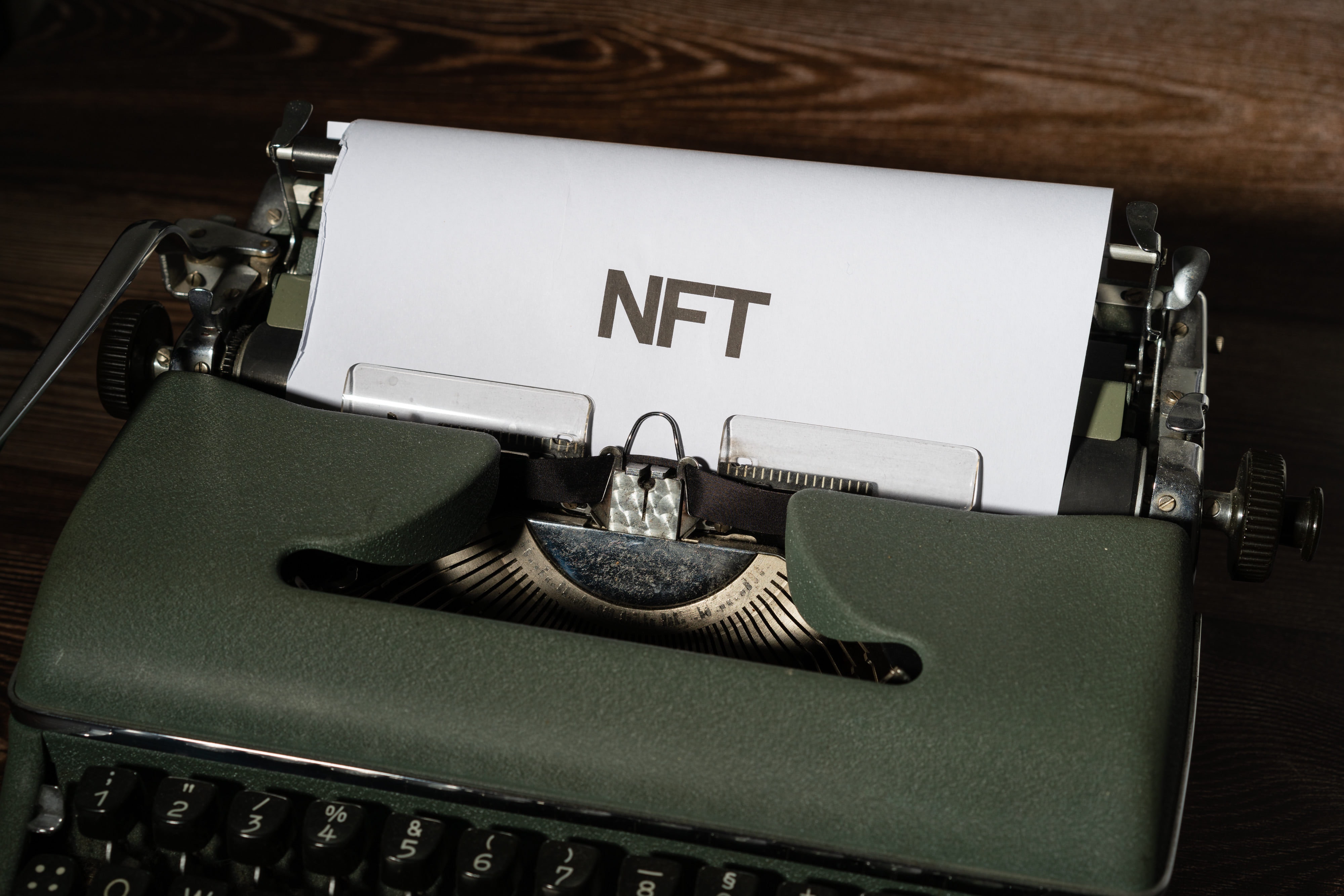
INVESTING IN ART: THE 3 TIPS NOT TO BE MISSED
Is investing in art still a good idea?
The less up-to-date will probably answer that the art market is now reserved for a few people, who have a fair amount of knowledge about it and have not inconsiderable capital to invest.
The image that immediately comes to mind when we think of exchanging works of art is that of auctions: an image that allows us to restrict the field to the lucky few.
Today, however, the world of investing in art has changed and by a lot, thanks to NFT art.
Investing in art

The ease with which we can buy Ethereum is the same as with which we can exchange NFTs, because the basic idea is the same: NFTs are non-fungible tokens that, unlike Ethereum and other cryptos, have their own uniqueness.
A characteristic that fits perfectly with the unique and distinctive character of artistic creations, of whatever kind they are.
The problem of copyright protection is a consequence of the value of this uniqueness, which is more difficult to solve with traditional art forms.
Certainly, for those concerned about the copyright issues surrounding their unique creations, it’s essential to know how to protect them legally. You can learn more about this by reading the page how-to-copyright-a-photo.
Beyond the digital modality through which the exchange of NFTs takes place, the basic dynamics remain the same for the purchase and sale of digital works of art: the value of NFTs varies just as the value of Ethereum might vary, even if, obviously, the value of this crypto has very strong foundations that have been strengthened over the years.
The future looks like this then, also in terms of interest on the part of young people: according to some statistics, young people (so-called ‘millennials’) are rediscovering the pleasure of investing in art, aiming to have collections that are always up-to-date.
Having ascertained this trend that is likely to characterise the immediate future of the art market, how can you get started on the right foot?
Here are 3 tips that will make your experience in the art market world even more enjoyable.
DEDICATED TO THE TYPE OF ART YOU PREFER
Often art, of which NFT art is one of the most up-to-date expressions, is only evaluated from an exclusively economic point of view. Of course, it is clear that those who want to invest aim to obtain works of art that have a certain value in the present but also in the future.
However, one should not forget that art is passion, and it is precisely this aspect that helps us recognise the best creations. Also start to explore possible types of interest, e.g. if it is graphic works, you can start reading articles online or participate in meet-ups dedicated to this type of art.
DO YOUR RESEARCH
Just as you would do to predict the value of Ethereum and then move accordingly, you should always do your research for NFTs or other traditional works of art.
Take your time to select your sources of information, compare different opinions and then, when you think you are done, start again.
Many NFT marketplaces, for instance, adopt criteria for evaluating artists that aim to give scores especially from the point of view of the seriousness and reliability of the creator, in order to avoid scams or unpleasant incidents.
Only at this point, after you have completed all your research, can you be sufficiently confident in your choices.
SET A BUDGET
Establishing a budget before diving into the fabulous world of art and NFT is important.
These are particularly immersive worlds where it is easy for the budget to get out of hand, perhaps because we are caught up in a work or creation that seems fantastic to us.
In short, this is a bit like what we have to do when we decide to buy Ethereum or another crypto: establish how much we are willing to invest, calculating all the pros and cons.
As far as NFTs are concerned, the argument is even more valid if the buying mechanism is by auction: the desire to secure a particular creation can lead us to outbid other potential buyers at any cost, sometimes leading us to propose prices beyond our reach.
Also with reference to the budget, do not forget to factor in possible transfer costs and transaction fees which, however small, can affect the value of the art object.

